We all know that nature is good for our children’s minds, bodies and well-being. But what about those children that have a hard time processing natural occurrences like raindrops, birdsongs or the feel of grass under their feet? Sensory processing disorder is a common symptom of autism, however, most children with sensory issues are not on the spectrum.
Today, I am beyond honored to bring you a post on how to incorporate nature and the outdoors into therapy for children with sensory processing disorder. Katharine Vogel is a professional photographer and mom of a child with sensory processing disorder. She’s here sharing all kinds of simple ways that you can use outdoor activities and nature in sensory integration therapy to help your child process the natural world around them. She has such a beautiful story, with wonderful suggestions and I know this will be so incredibly helpful to a lot of parents.
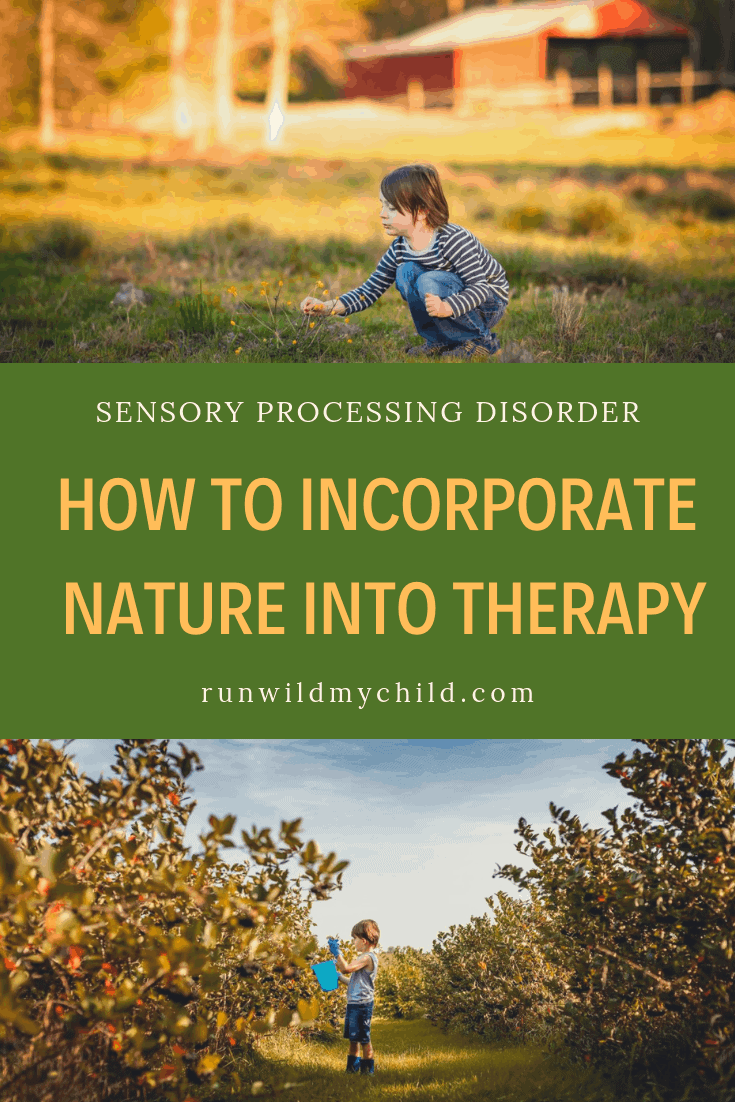
Seeing the signs of sensitivity
Our son Jase was between the age of 2 and 3 years old when we noticed that he was different compared to other children of his age group. He had strange sensitivities to touch, sounds, smells and wet textures. Getting the slightest bit of water on the sleeve of his shirt or raindrops on his shoes resulted in a total meltdown. He didn’t enjoy playing in the snow, running through puddles, or making artwork with finger paints. He was uncomfortable getting into a sandbox because the texture of sand was too gritty on his skin. A trip to a public bathroom required earmuffs to mute out the sounds of a flushing toilet and automatic hand dryers.
Jase absolutely couldn’t handle any sensory overloads and often cried out in fear. We were so torn in trying to understand why he was so overreactive and overstimulated with his senses. We decided it was best to get him evaluated and see if there was some way we could help him get comfortable with his senses. In May of 2018, Jase was diagnosed with Sensory Processing Disorder.
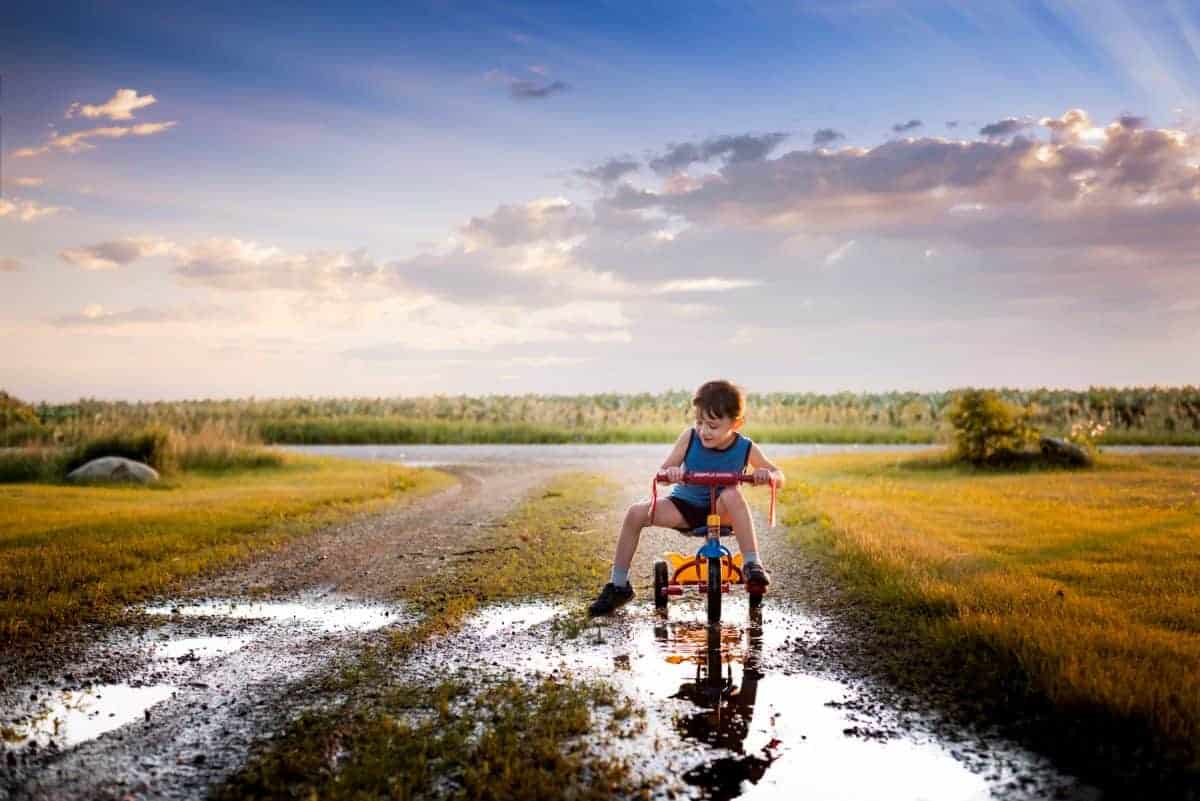
Sensory Processing Disorder
By definition, Sensory Processing Disorder (“SPD”) is a neurophysiologic condition in which sensory input (either from the environment or from one’s body) is poorly detected, modulated, or interpreted and/or to which atypical responses are observed. In other words, individuals with SPD are oversensitive to things affecting the senses, which can be quite painful or overwhelming for them. Certain sounds, sights, smells, textures and tastes can create a feeling of “sensory overload.” Bright or flickering lights, loud noises, certain textures of food and scratchy clothing are just some of the triggers that can make kids feel overwhelmed and upset.
There are two types of sensory processing challenges, and many kids experience a mix of the two. One is oversensitivity (hypersensitivity). This leads to sensory avoiding—kids avoid sensory input because it’s too overwhelming. The other is undersensitivity (hyposensitivity). This causes kids to be sensory seeking—they look for more sensory stimulation.
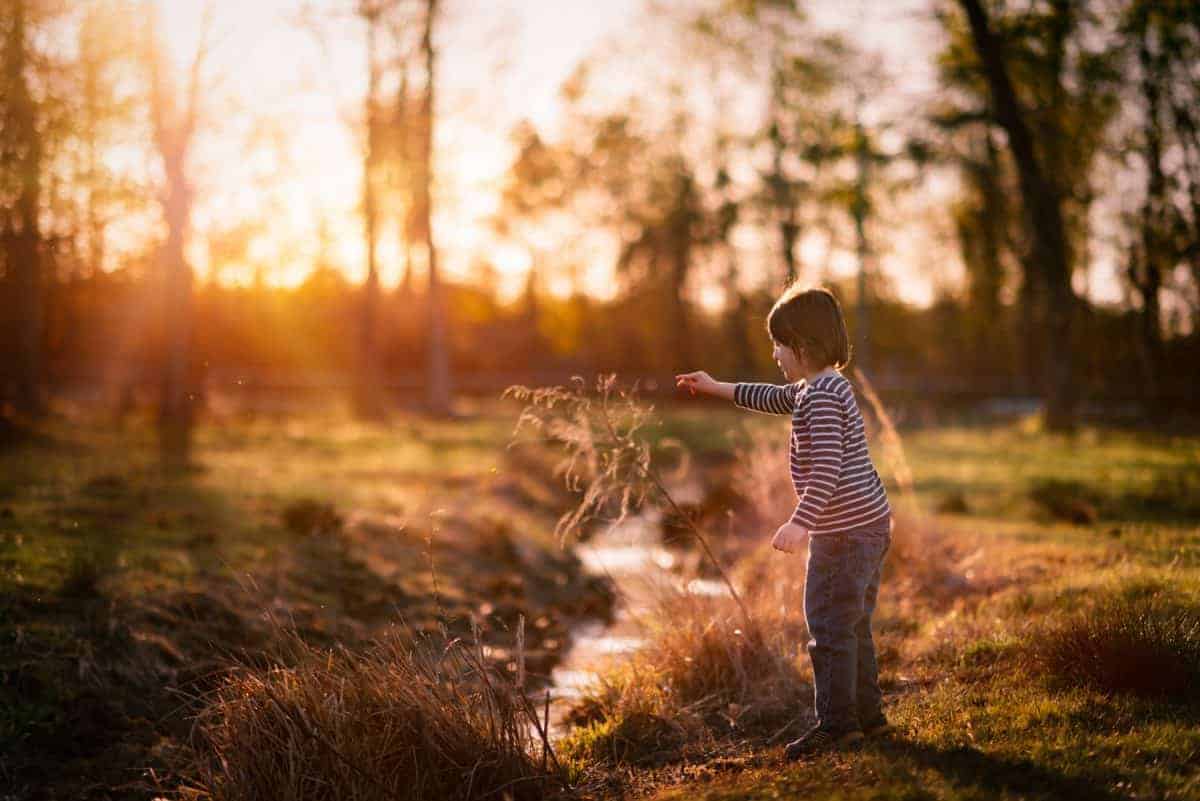
Sensory integration therapy
It was recommended that Jase undergo sensory integration therapy to retrain and help rewire his senses. Sensory integration therapy aims to help kids with sensory processing issues by exposing them to sensory stimulation in a structured, repetitive way. The theory behind it is that over time, the brain will adapt and allow kids to process and react to sensations more efficiently. The therapy is usually sensory specific, with focus on noise sensitivity, tactile sensitivity, taste sensitivity and visual sensitivity. It also includes things like balance treatments, movement therapy and carefully designed and tailored physical activities.
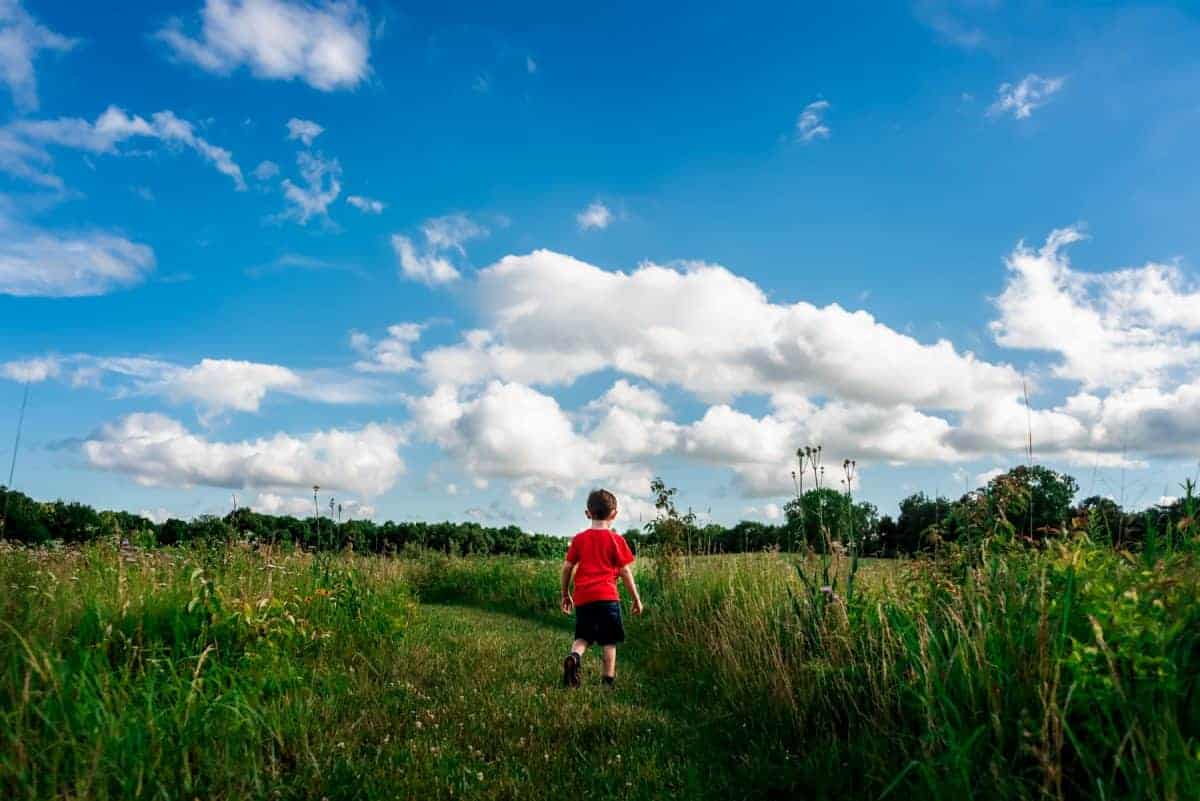
Incorporating nature into therapy
Jase has been seeing an occupational therapist for sensory integration therapy for a few months now with great success! At home, we incorporate sensory therapy in many different ways. One of our favorite ways to do this is by exploring the great outdoors! This is a wonderful way to get the senses in tune with surroundings.
Below, I’ve listed some creative ideas that correspond to different sensory inputs. These are some of our favorite ways to get Jase in tune with his senses by using the beauty of nature! Each of these activities is a natural way that you can use nature and the outdoors to help a child with SPD process the world around them.
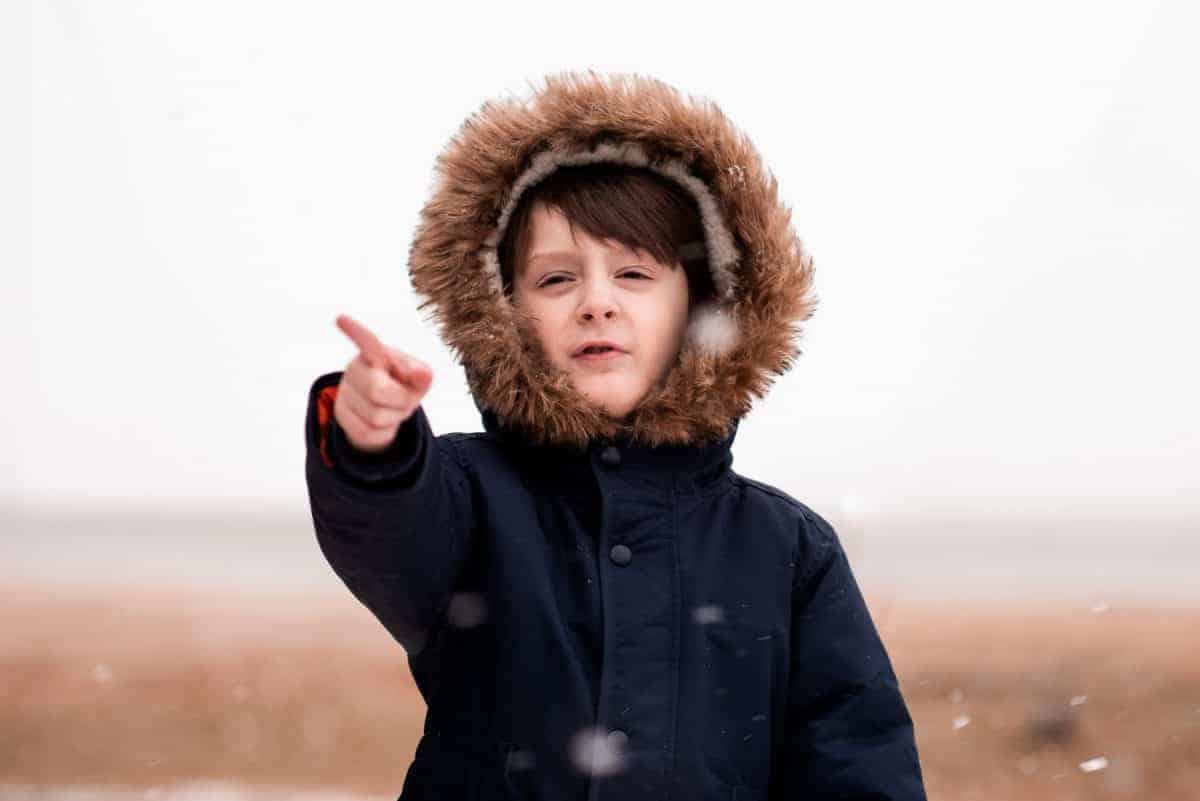
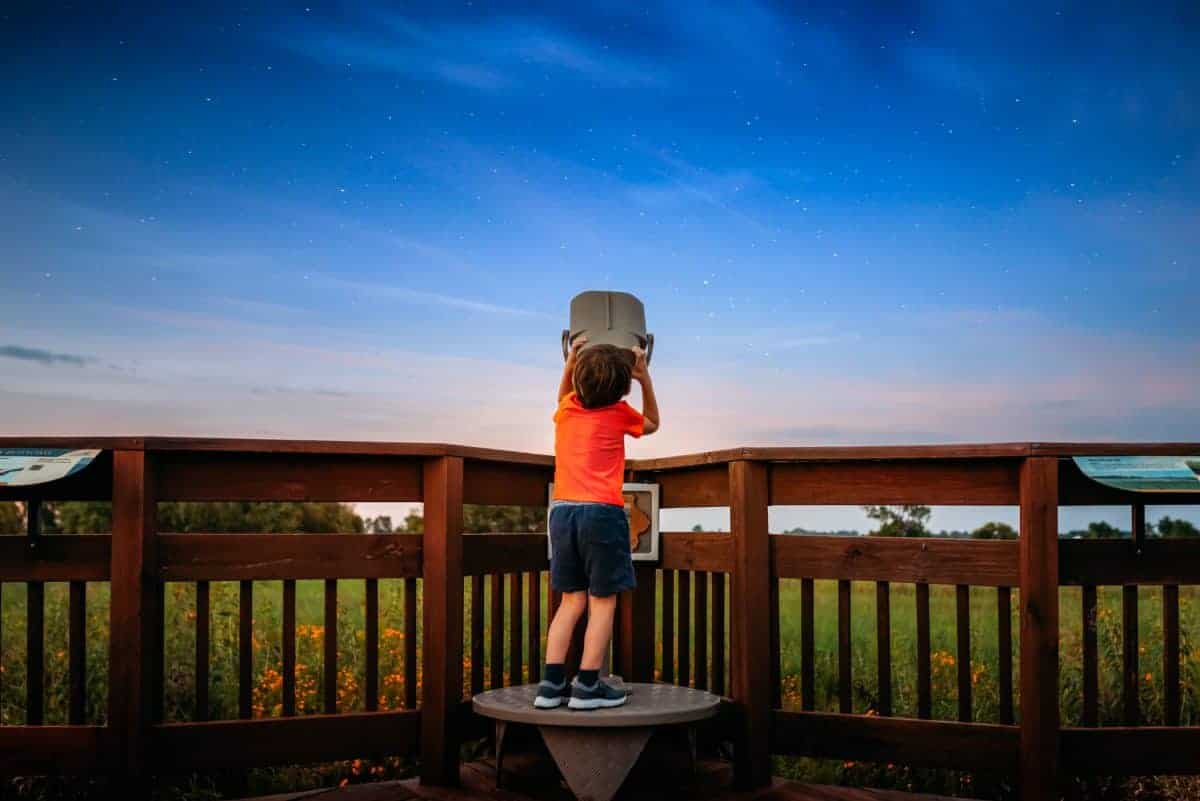
Sight
- Skygazing and stargazing – carry a pair of binoculars or visit a park with a viewfinder. Point out the shapes of clouds or look for any constellations!
- Identify plants, fruits, fungi, and animals – during the right time of year, be on the lookout for cicada exoskeletons and butterfly chrysalises!
- Notice the changes in seasons with leaves – have your child point out and identify all the different colors.
- Look for birds and insects – catch and release fireflies if they’re available or watch butterflies flit and float around the sky.
- Watching the changes in weather such as rain or snowfall – we often do this on our front porch or through the window to avoid any sensory overload. Talk about why it snows and why it rains.
- Go outside during sunrise or sunset – identify the changing colors of the sky and the differences between night and day.
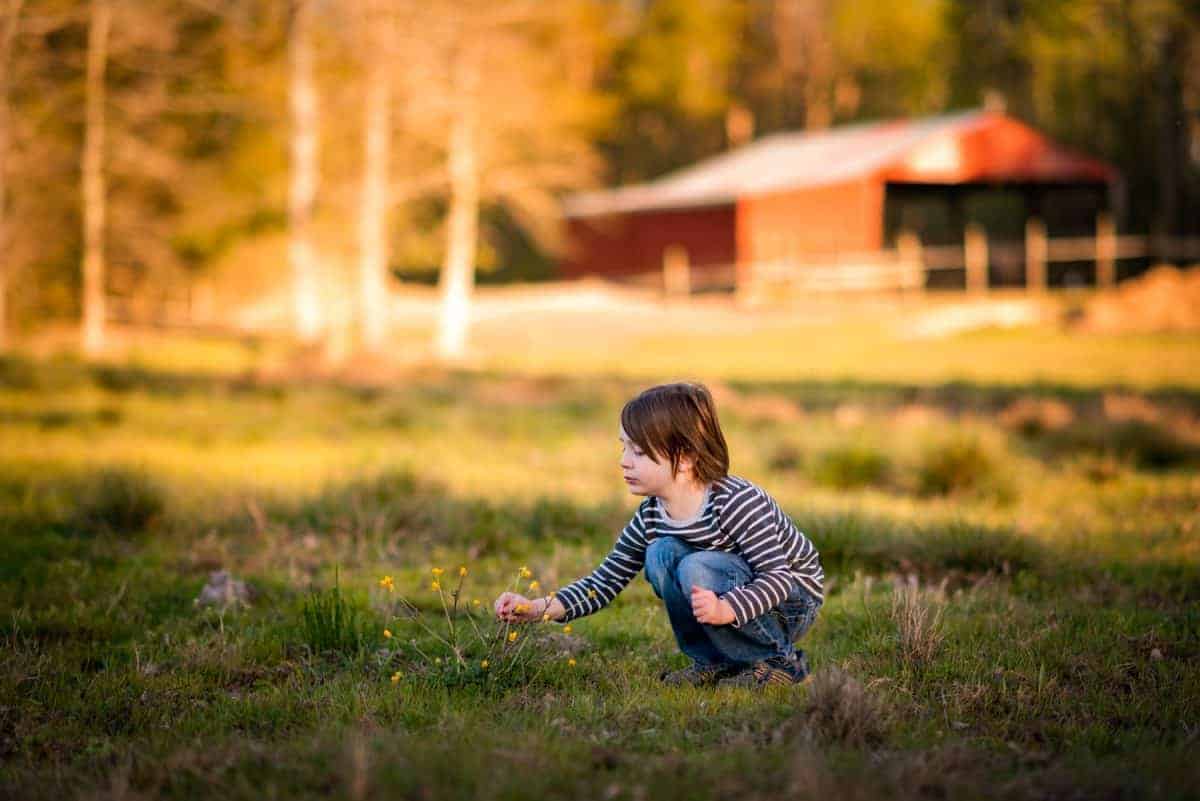
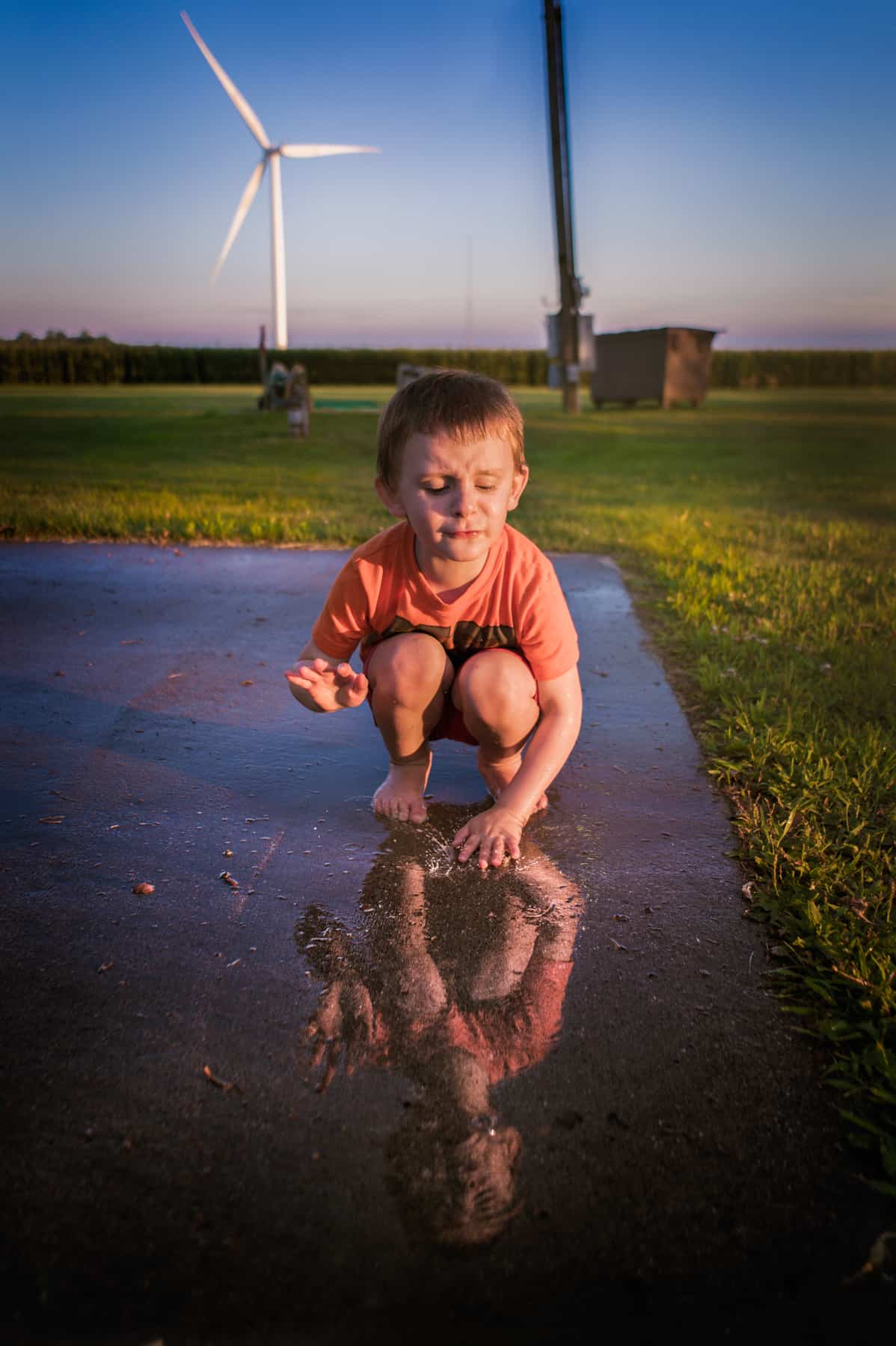 Touch
Touch
- Discover fallen nests from trees – encourage your child to feel the texture and special markings!
- Find puddles after a rainstorm – identify the temperature of the water, the depth and the clarity. Have fun making splashes with your hands and feet!
- Find various sizes of rocks, pinecones, sticks, or leaves – feel the differences in the textures between them. Categorize them from small to large or (proprioceptive sense) throw them into a pond or lake!
- Go visit your local orchard or berry farm – pick strawberries or apples! Identify any smooth or rough textures.
- Touch the snow – feel the cold of snow, frost and icicles.
- Pick and identify different types of flowers – feel the petals, the leaves and any thorns.
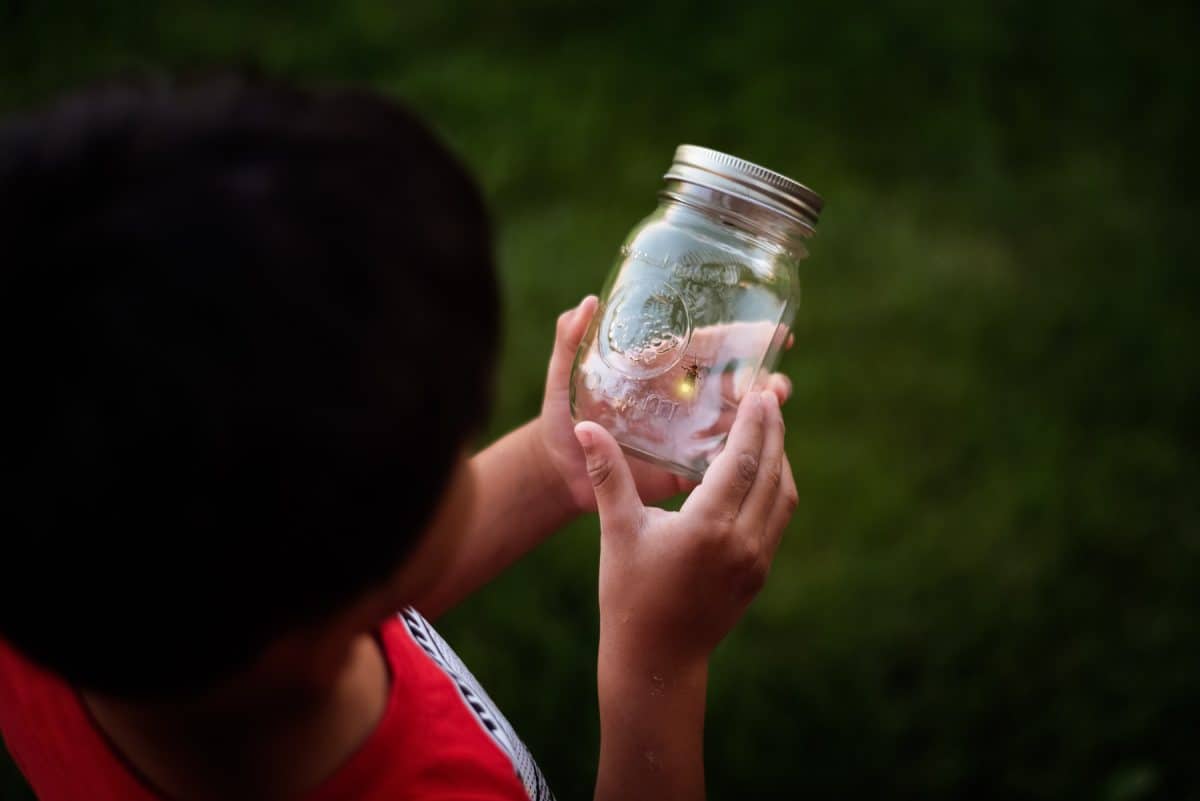
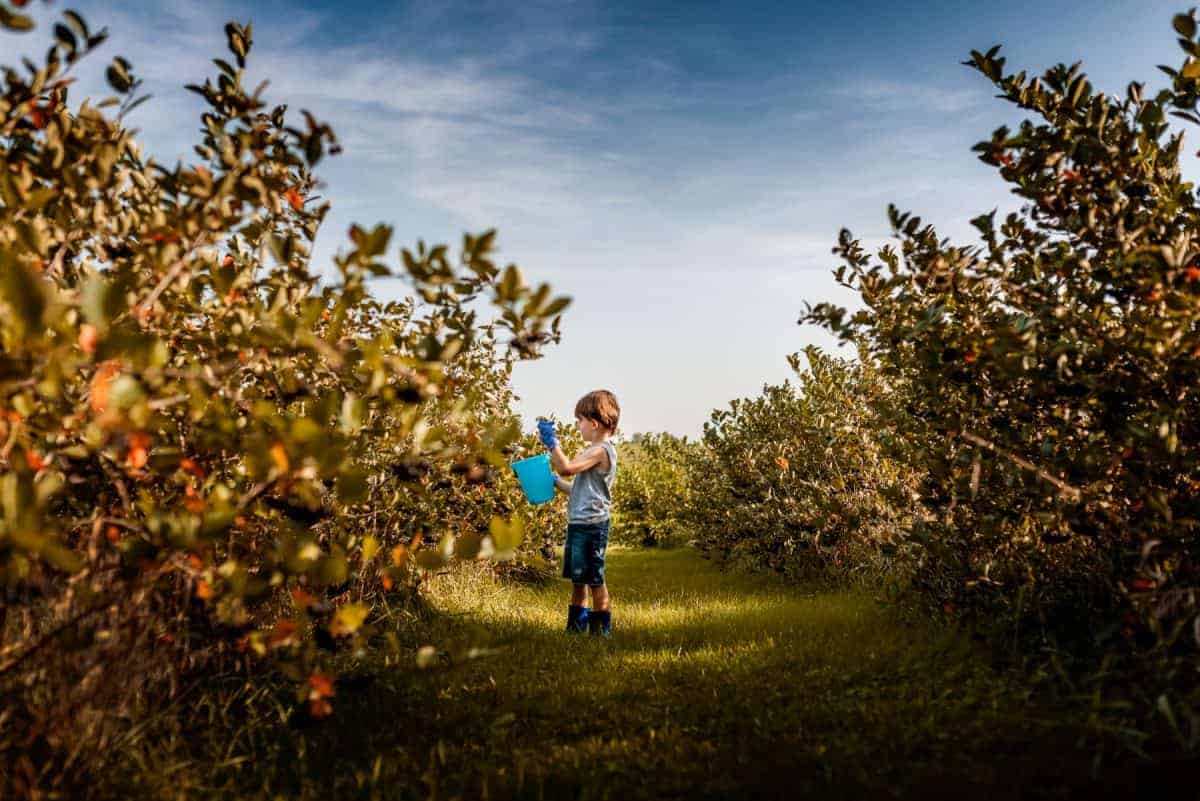 Vestibular
Vestibular
- Run, walk, or ride a bike through a park or on a trail. Have your child push their bike up a hill.
- Climb a tree or climb at a playground.
- Go swing on a swing set!
- Walk and balance on large logs or large rocks.
- Throw rocks and sticks in the water!
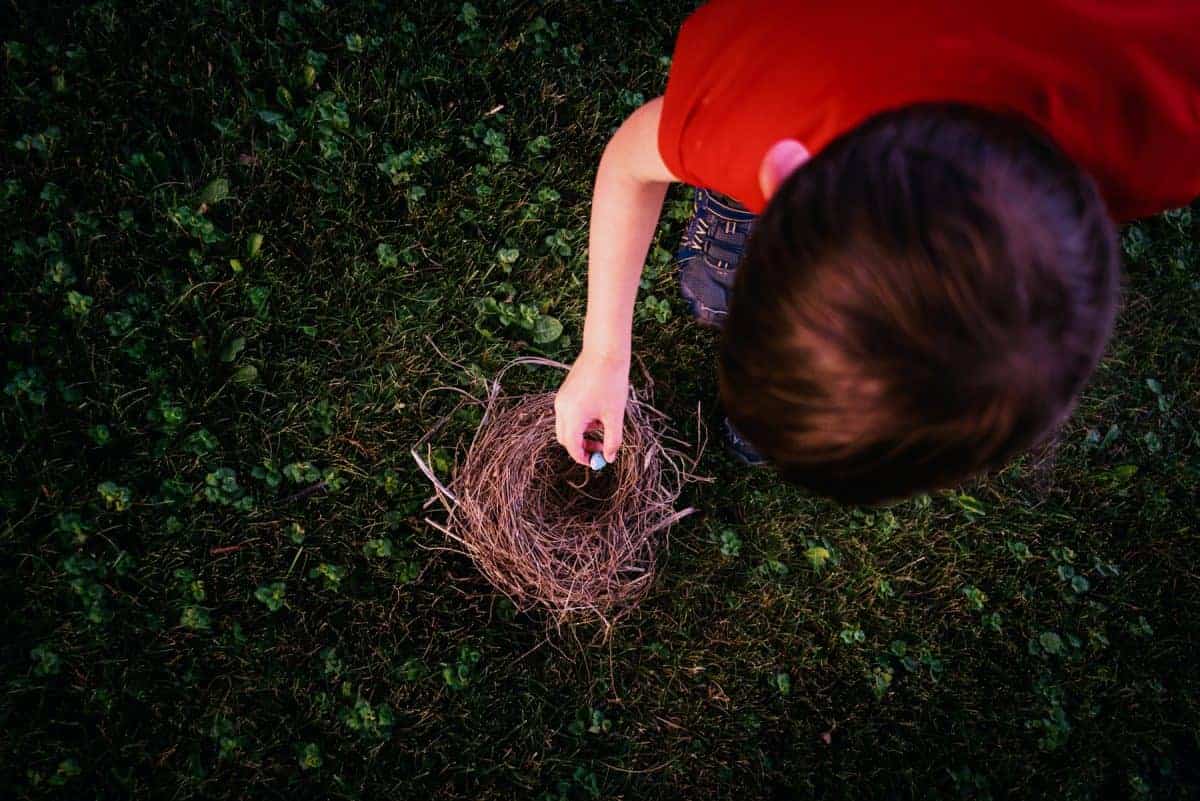
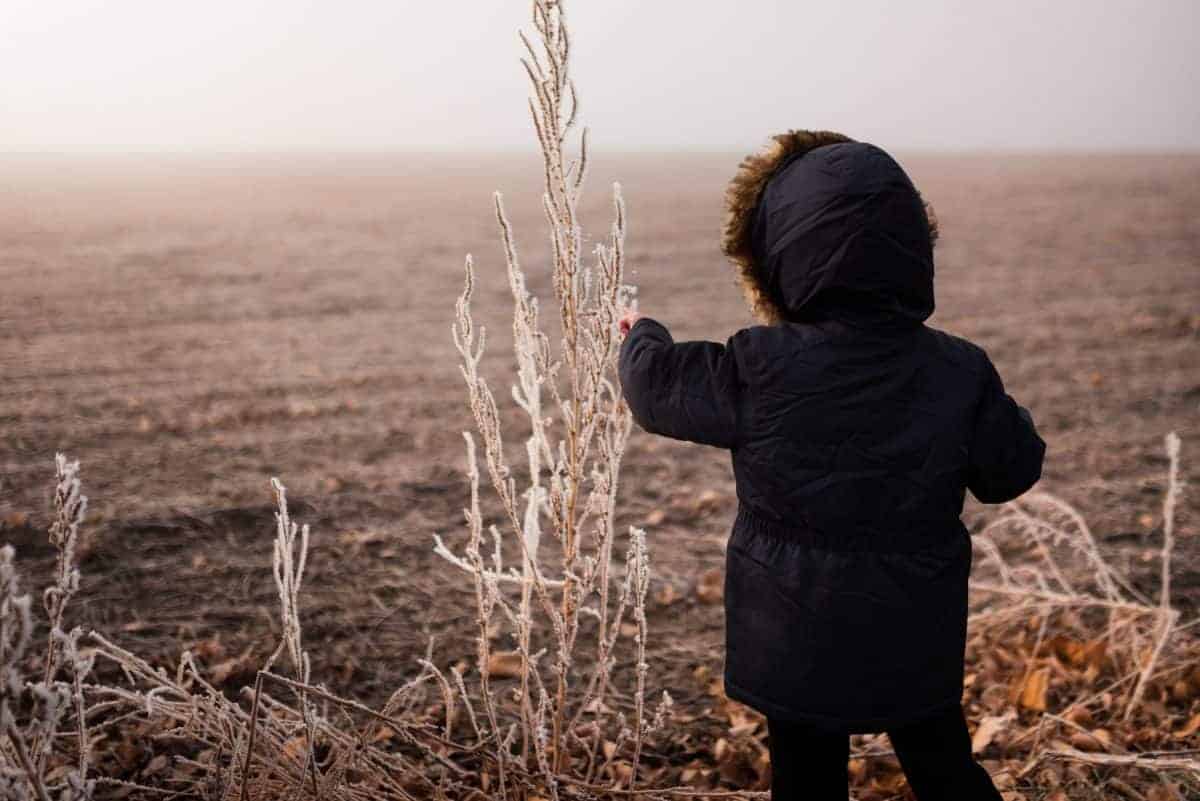 Smell
Smell
- Smell the flowers – compare the smells of different species.
- At the grocery store or farmer’s market, smell the fruit and identify what they are.
- Smell the fresh air.
- Smell the rain – talk about why rain has a distinct smell.
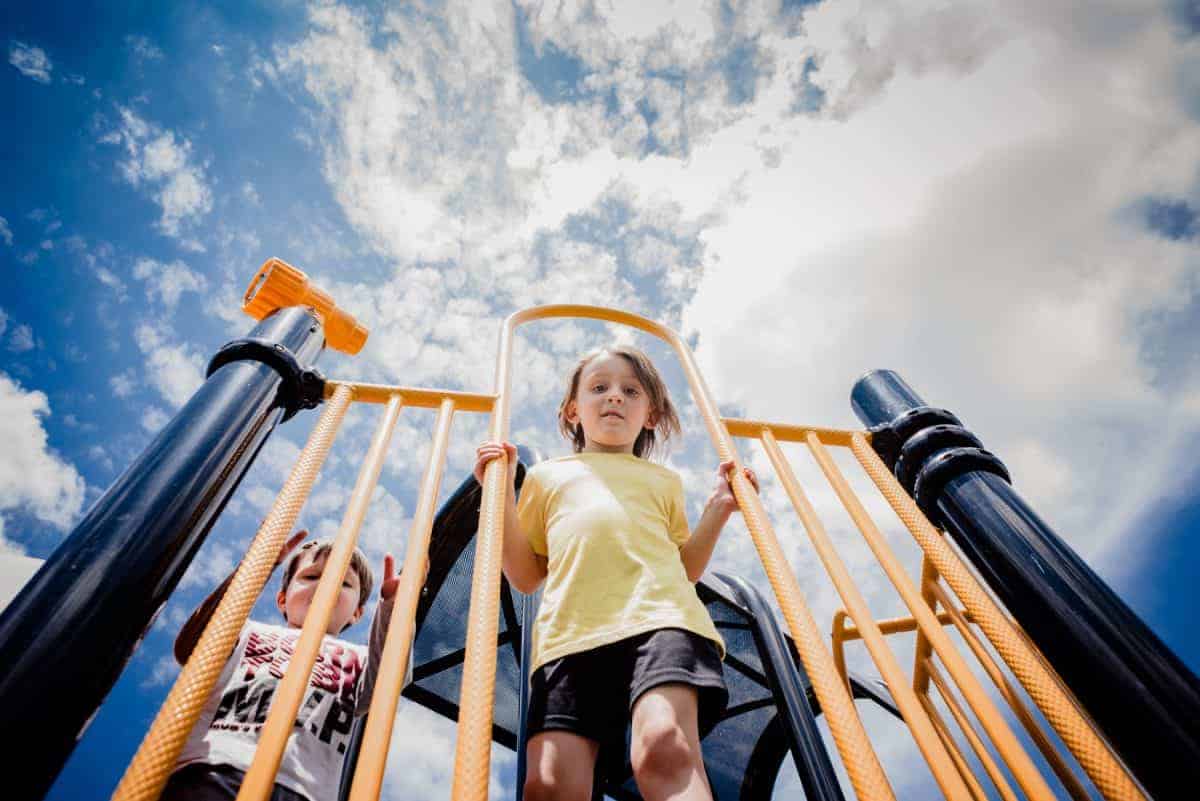
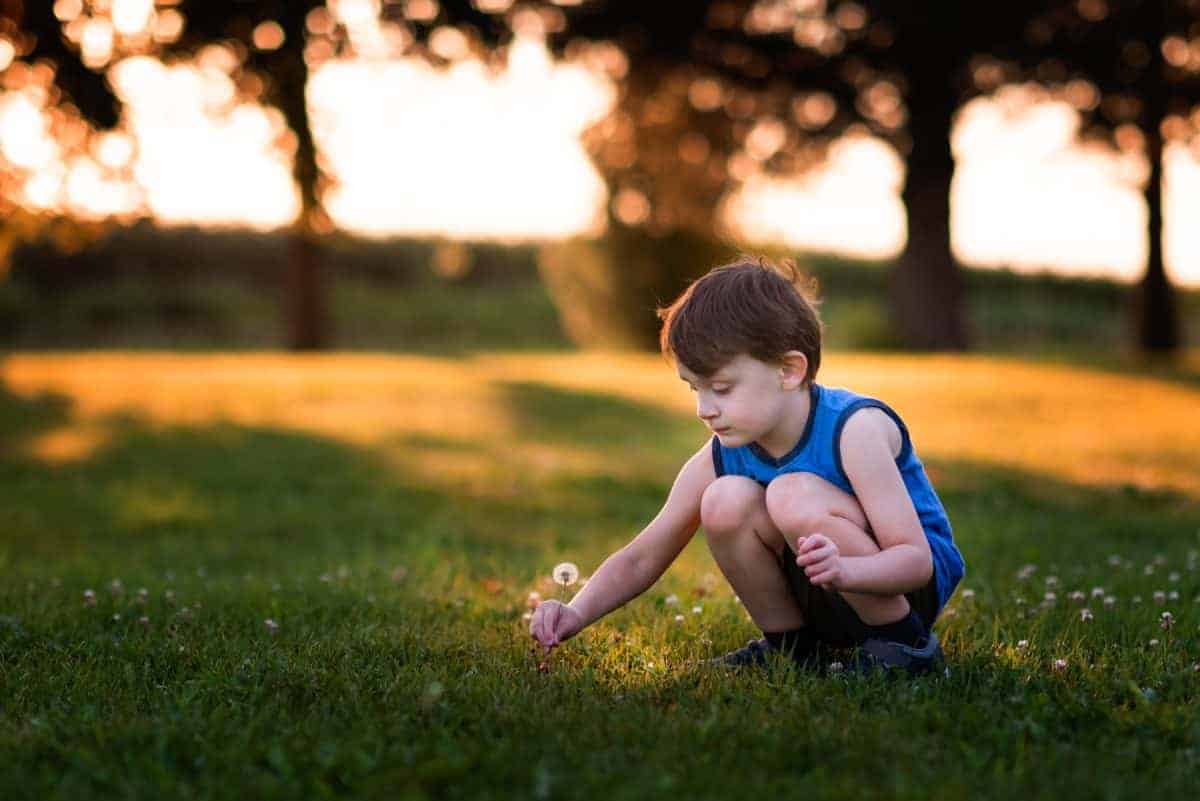 Hearing
Hearing
- Take a walk and listen to the wind rattling the leaves.
- Listen for birds and other animals – try to identify what they are just by their call or song.
- Listen to water – throw rocks and listen to splashes in the water or sit by a running creek and listen to it babble.
- During the right time of year, listen to cicadae in the trees!
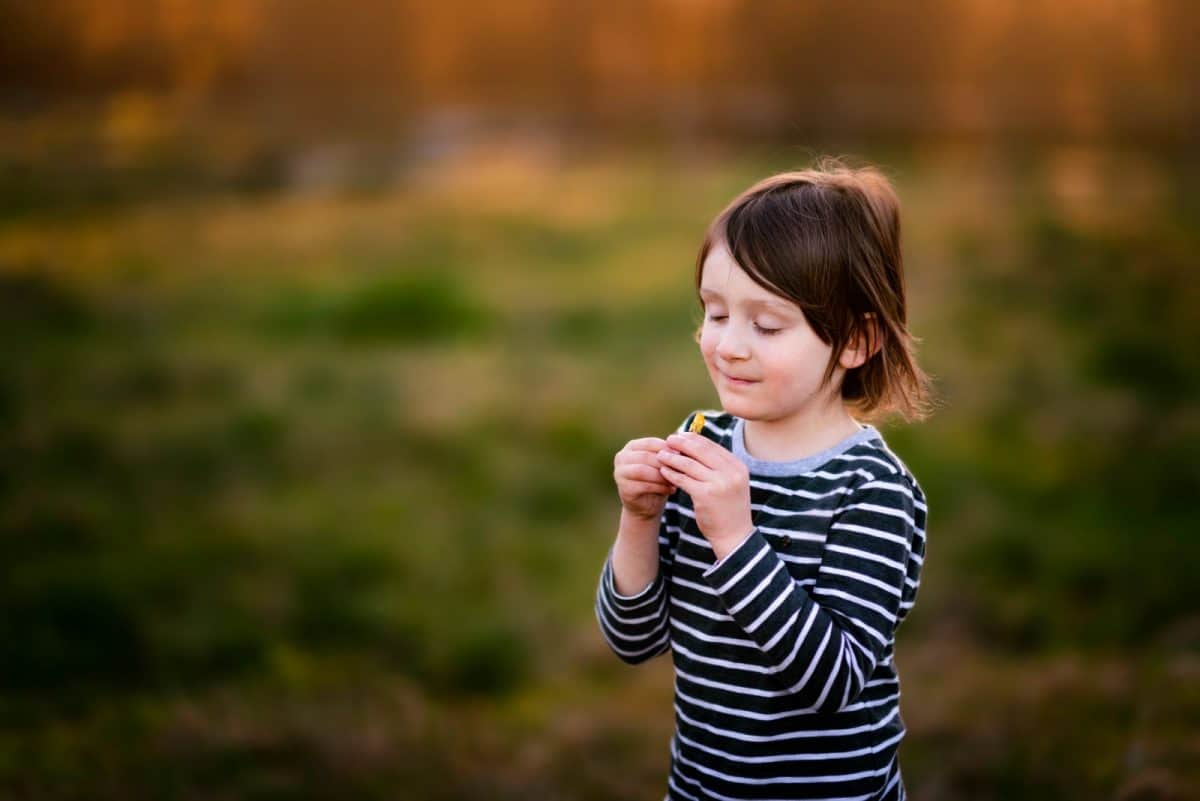
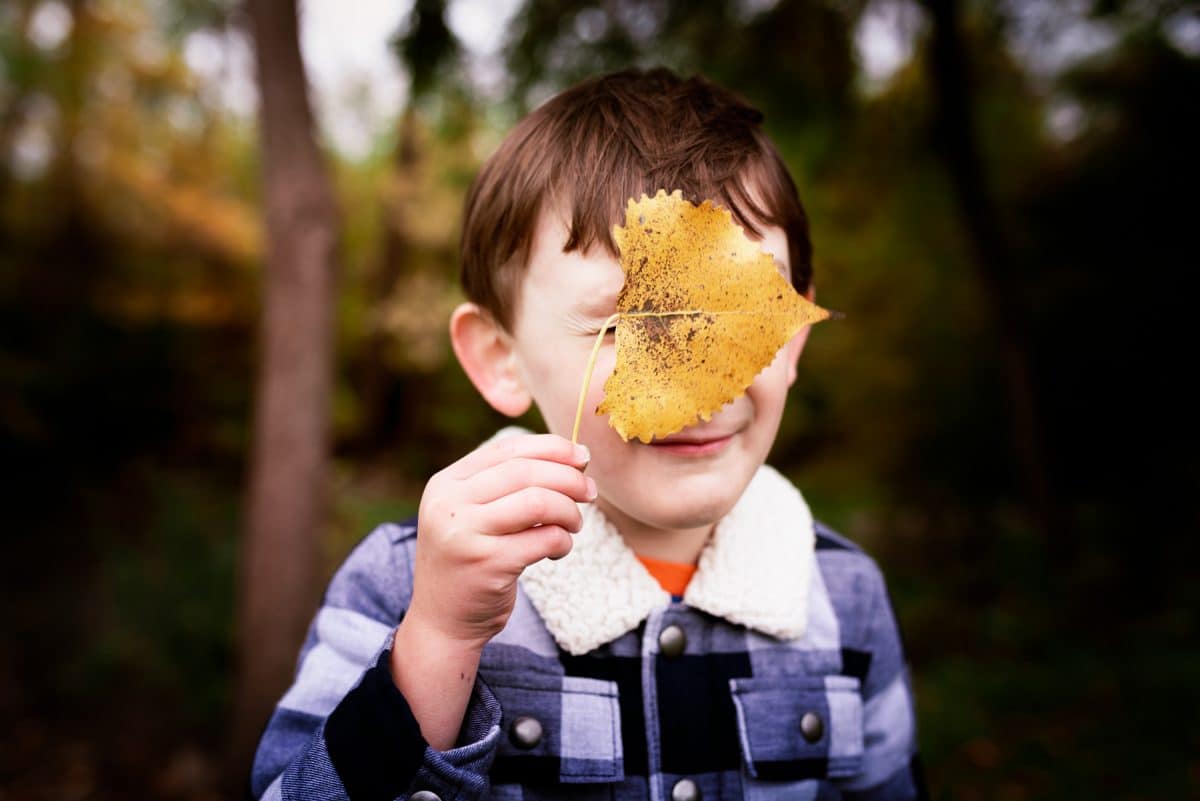 Tips for parents
Tips for parents
While these activities will give you a great start for incorporating nature and the outdoors into your therapy, there are some tips for parents who have children or know children with SPD that you should always remember. First, be mindful of areas and parks that tend to have a lot of noise or are prone to being muddy or wet. It can create a sensory overload and often results in meltdowns. Research the area beforehand to determine if it’s a good fit for your child’s sensory issues. Bring 2 extra pairs of clothing with you, just in case clothing gets wet or dirty. Plus, bring an extra pair of shoes and a pair of earmuffs or headphones to ensure your child is comfortable.
Second, let your child lead and explore on their own terms. If they become overwhelmed, find another place to explore. Be open and flexible to any sudden change of plans. Make the outdoors fun and inviting for your kids with SPD!
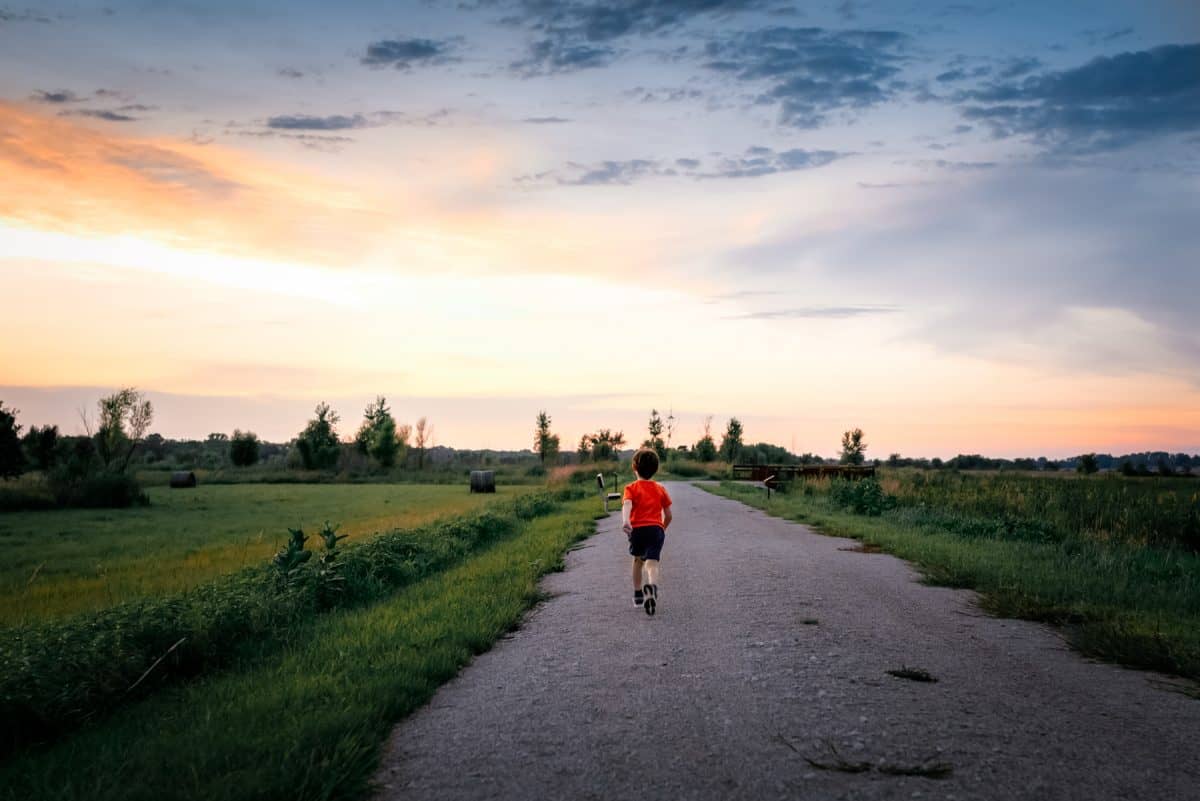
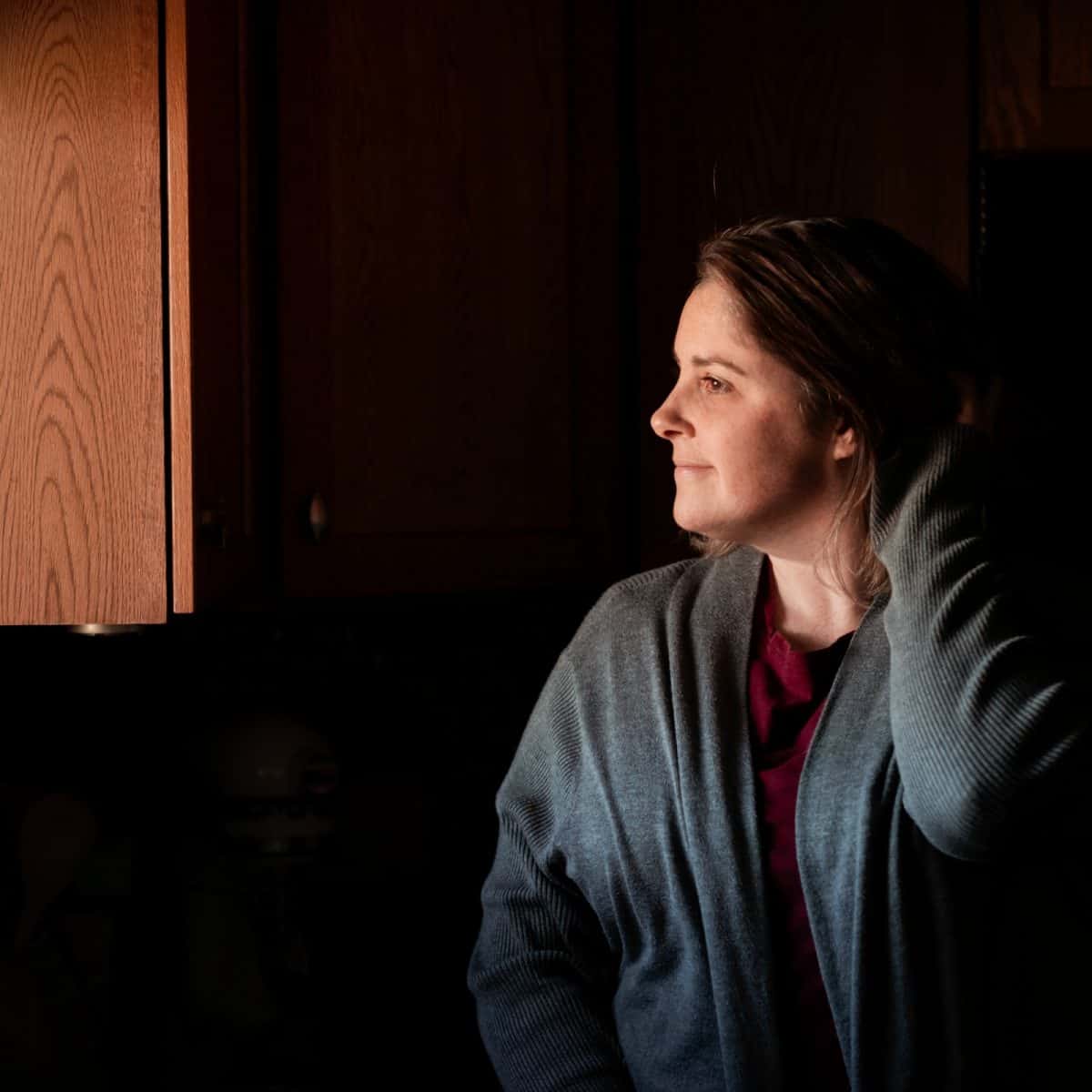 Katharine Vogel is a natural light portrait photographer living the rural life out in Iowa. She is a photography graduate and a Click Pro member through Click & Company. She is married to her high school sweetheart, Charlie, and together they have one amazing son, Jase. On her free time, she documents her son’s progression and challenges with Autism Spectrum Disorder and Sensory Processing Disorder through the art of photography. She shares his story on her Instagram account.
Katharine Vogel is a natural light portrait photographer living the rural life out in Iowa. She is a photography graduate and a Click Pro member through Click & Company. She is married to her high school sweetheart, Charlie, and together they have one amazing son, Jase. On her free time, she documents her son’s progression and challenges with Autism Spectrum Disorder and Sensory Processing Disorder through the art of photography. She shares his story on her Instagram account.
Website: www.kvphotographer.com
Instagram: @katharinevogel
Facebook: @katharinevogelphotographer








Great read!!! Not many articles that I’ve come across have given such great information about the characteristics to help identify a child with SPD. I especially loved the wide range of appropriate activities you wrote about, with a deep
understanding to engage your child without over stimulation, which is definitely Key. Thank you for the valuable information.🤗💕
Ahh thank you so much Nicole! I am so glad you enjoyed reading this! SPD can be quite a challenge to understand and I was honored to provide tips to what we do at home that helps our own son. Thank you for reading!
Really valuable post.
Thank you! I am so happy you enjoyed reading it.